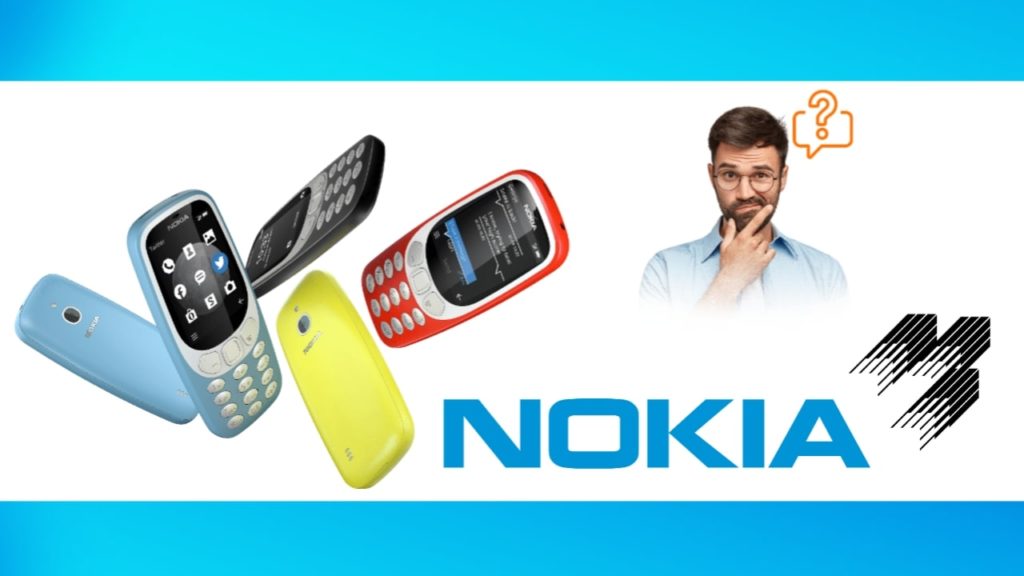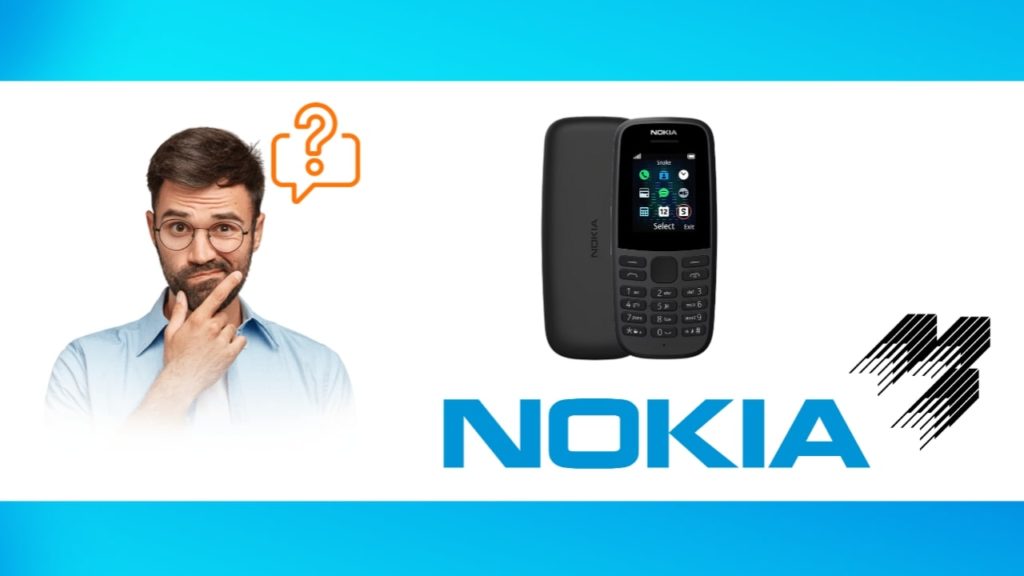HMD Global, Nokia life, death and rebirth of a brand
This week, the Nokia case caught my attention: after dominating the market, the company had a plain image and is now seeking a relaunch. Will he be able to revert to his former colossal self?
Nokia case caught my attention. what is my opinion on HMD Global

Early in the 1990s, Nokia entered the phone industry and quickly established a reputation for high-quality, feature-rich handsets with impressive battery life, compact design, and nearly legendary durability (raise your hand if you haven’t seen a meme featuring the invincible 3310).
The Nokia C7 and the 5800, both running the Symbian OS and capable of reaching, in their period of peak expansion, a market share equal to 37%, allowed the Finnish business to remain competitive despite the introduction of the first touchscreen phones. However, the Finnish operating system had some fairly evident flaws and was ultimately outcompeted by iOS and Android.
Instead of succumbing to the acceptance of the green robot OS, the company chose to reinvent itself by placing its faith on Windows Phone by Microsoft, which made its debut in 2011 with the Lumia 800. The decision, as we all know, did not turn out to be a happy one, and without ever being able to capture a sizable portion of the market, Nokia’s smartphone division was sold to a company created by Bill Gates who insisted on using his own mobile operating system. In reality, Lumia devices stop being made in 2016.
We all know the plot quite well by this point: The Nokia name was licenced by HMD Global, which unveiled its first three Android-based smartphones—the Nokia 3, 5, and 6—at the Mobile World Congress at the end of February 2017. The flagship Nokia 8, Nokia 7, and the entry-level Nokia 1 followed a few months later.
Users still appear to favour the brand, as seen by the sale of 4.4 million Nokia-branded smartphones in the final quarter of 2017 alone. This amount accounts for 1% of the global market share and 3% of the European market. With 4.1 million units sold, the Old Continent’s share increased to 3.5% in the first quarter of 2018.
When viewed in absolute terms, these numbers are certainly absurd, but when one considers that they were registered by a brand (re)born just over a year ago, which released only 6 models in a market that saw sales fall by 6.3% in the first quarter of this year compared to the final three months of 2017, they become extremely significant.
So, it would appear that the odds are in favour of HMD Global’s bold wager paying off. Hence, we may investigate the factors that, in the current environment, could propel the Nokia brand back into the spotlight and those that might instead restrain HMD’s aspirational ascent.
How HMD Global was able to do it
Future products may be successful in part because a company like Nokia is already well-known to consumers, has succeeded in gaining their trust through time, and has a stellar reputation. The same opposition that certain new businesses occasionally have when trying to make a name for themselves on the market wouldn’t exist, or at the very least it would be more restrained.
It should not be forgotten that HMD Global has placed a strong emphasis on upgrades, which are the weak point of almost all major manufacturers. All devices sold to date, including the entry-level Nokia 1, will be upgraded to Android P, according to a commitment made by the business.
Nonetheless, from a software perspective, the Finnish business has chosen to provide a largely stock operating system without overbearing customizations, a decision that admirers of the Google Experience can only applaud.
Thus, at least for the Nokia 8 flagship, the hardware on offer is quite good. The smartphone is very well constructed, and despite a few minor hiccups, it functions flawlessly in daily use, ensuring the fluidity and responsiveness one would expect from a top-of-the-line device. Although not exactly cheap at the time of launch, the €599 requested was clearly less expensive than several rivals.
The photographic industry is one area on which, in the aftermath of its rivals, I believe the manufacturer will persist. In truth, the collaboration with Zeiss is still going strong and has in the past enabled the development of incredibly valued cameras that generated a lot of buzz (remember the 41MP of the Lumia 1020?). From this vantage point, significant advancements are definitely to be expected.

What could go wrong with HMD Global
First of all, it should be kept in mind that for a firm to fully establish itself on the market, a long-term corporate strategy is necessary, within which enormous investments are essential and could possibly cause the business to lose money. Therefore, it is still up in the air as to whether the shareholders will be able (and willing) to move forwards in this manner: will they fight for every dollar in a fiercely competitive market, or will they settle for a meagre piece that will still be enough to turn a profit that they are happy with overall?
Also, it should be noted that the mid-range is currently the focus of increasing attention from the major manufacturers and that, initially, the conquest of a significant position also (if not primarily) flows through the success obtained on emerging markets.
This entails that mid-range products with a particularly high quality/price ratio must be produced. Tough task, especially in light of the arrival of a monster like Xiaomi: the Redmi is far superior than the present Finnish mid-range.
Also important to note is the cost of software updates. It is one thing to maintain a fleet of six devices, but quite another to do so when the number of cellphones increases.
conclusions
Personally, I think HMD Global has what it takes to resurrect Nokia as one of the greats.
To accomplish the goal, however, it will be necessary to keep up with competitors, for instance, by keeping up with advances in artificial intelligence, introducing noteworthy innovations, and, why not, by developing its own ecosystem capable of retaining users and offering that, once used, is really difficult to live without. An wise decision might also be to pay closer attention to customer feedback, aiming to appease them, for instance, in design decisions (someone mentioned a notch?) or by preserving features that consumers still find helpful but that other companies have abandoned (3.5mm jack , for example).
All of this should, of course, occur while resisting the urge to raise the selling prices of smartphones (or, for that matter, strive to cut them even more, at least by a few tens of euros, which we consumers certainly don’t mind).
Undoubtedly, there are many unanswered questions regarding the company’s potential future development, and only time will be able to provide us with all the solutions. But, I hope that a storied company like Nokia will be able to resurface and hold a key position in the industry.


